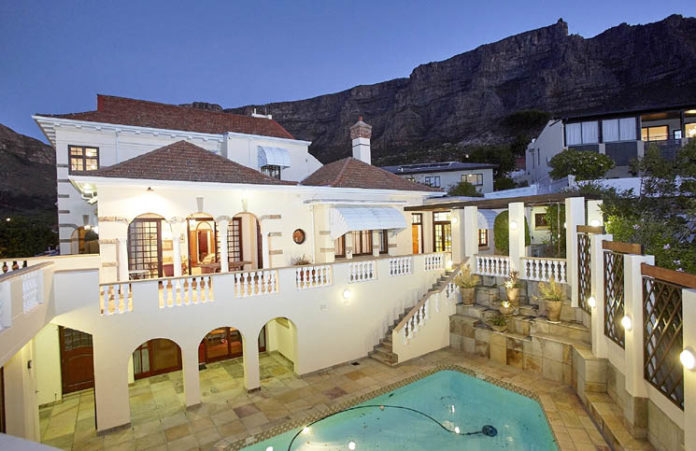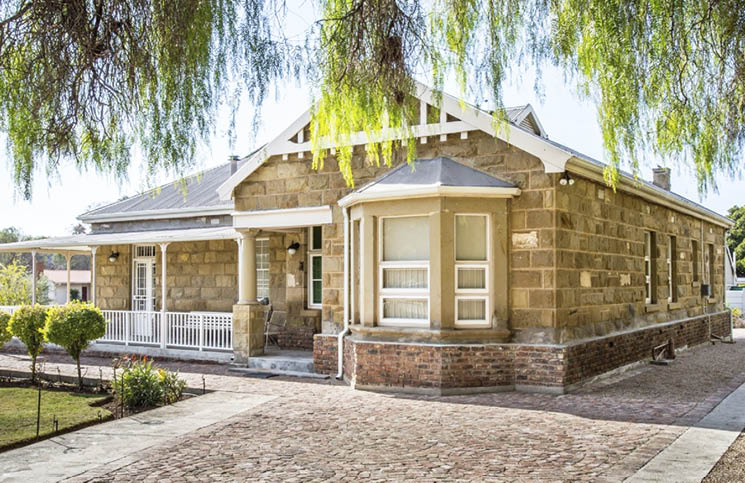
Seeff Property Group highlights the Cape’s fabulous wealth of heritage neighbourhoods and architectural styles, from Cape Dutch, Victorian, Edwardian, Georgian and Art Deco to the beautiful Fisherman’s houses of the West and Southern Cape coast and sandstone and farmhouse architecture of the Karoo. Property options range from a Cape Dutch cottage which can sell for around R3m to a Cape Dutch wine farm which can sell for well into the upper millions according to Seeff’s agents.
Heritage buildings such as the Castle, SA Museum in the Company’s Garden, Slave Lodge, St George’s Cathedral and the Groote Kerk and Bo Kaap Museum are popular tourist attractions. Architects such as Sir Herbert Baker (1862-1946) also left behind a treasure of buildings such as the Union Buildings (Pretoria) and Groote Schuur and Wynberg Boys’ High (Cape Town).
Louis Michel Thibault (1750-1815) left landmarks such as Koopmans de-Wet House, the Groot Constantia homestead and wine cellar and Drostdy buildings in Graaff-Reinet and Tulbagh.
Today, you can also find designed areas which are heritage protected, says Seeff.
These include the Bo-Kaap which dates to the late 1700s and boasts a mix of Cape Dutch and Georgian architecture and Chelsea Village in Wynberg, dating to the 1700s.
While most of the historic buildings and the beautiful Cape Dutch wine farms of the Winelands/Boland area are beyond the reach of most buyers and investors, there are many opportunities to buy and invest according to Seeff’s agents. These are sought for a variety of reasons, from residential to businesses, boutiques and restaurants and guest houses. A few areas where you can invest in historic/heritage property include: Constantia, City Bowl, Stellenbosch, Franschhoek, Paarl, Tulbagh, Wellington, Worcester, Swellendam, Ladismith, and Oudtshoorn.
Legislation and regulation – The National Heritage Resources Act, 25 of 1999 regulates all structures over 60 years old including the fixtures and fittings. A tier system classifies property according to its national, provincial or local importance. Tier One is a Heritage Overlay Zone, generally applied to entire areas with all properties in the area protected. Tier Two applies to individual properties and buildings and Tier Three, to buildings officially classified as National Monuments or Provincial Heritage Sites.


